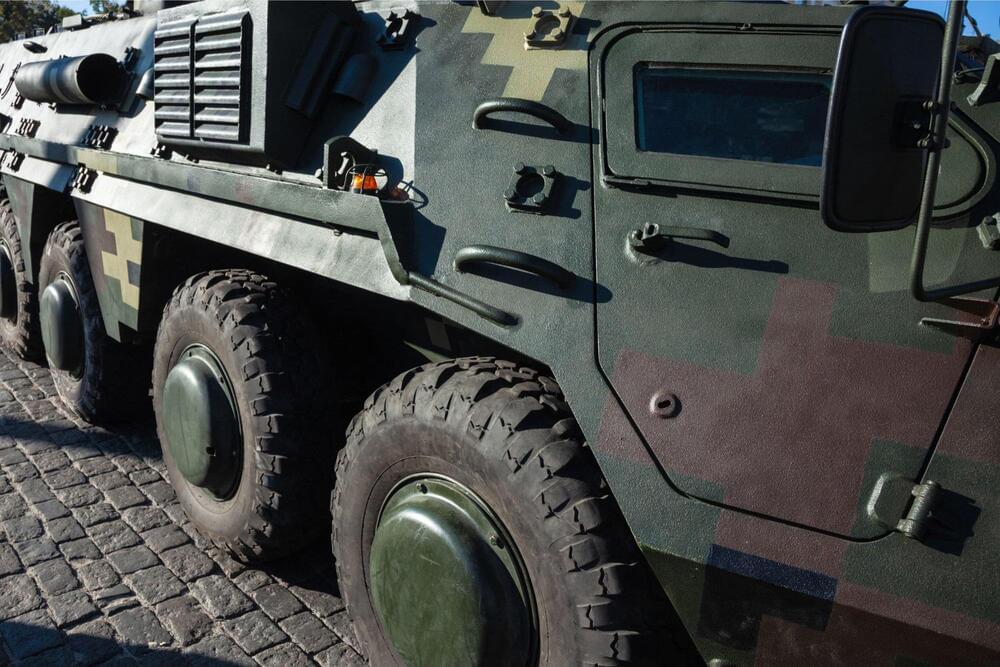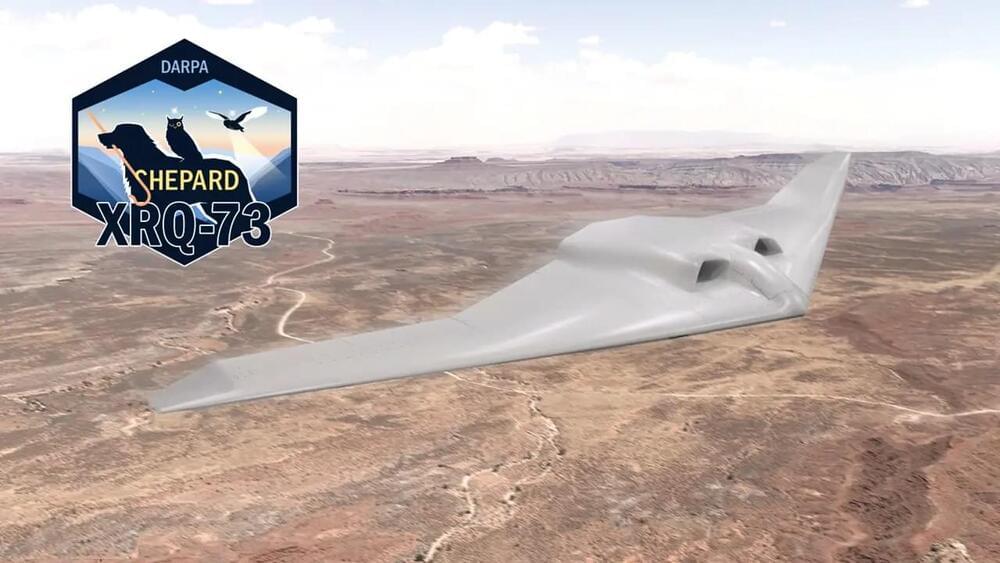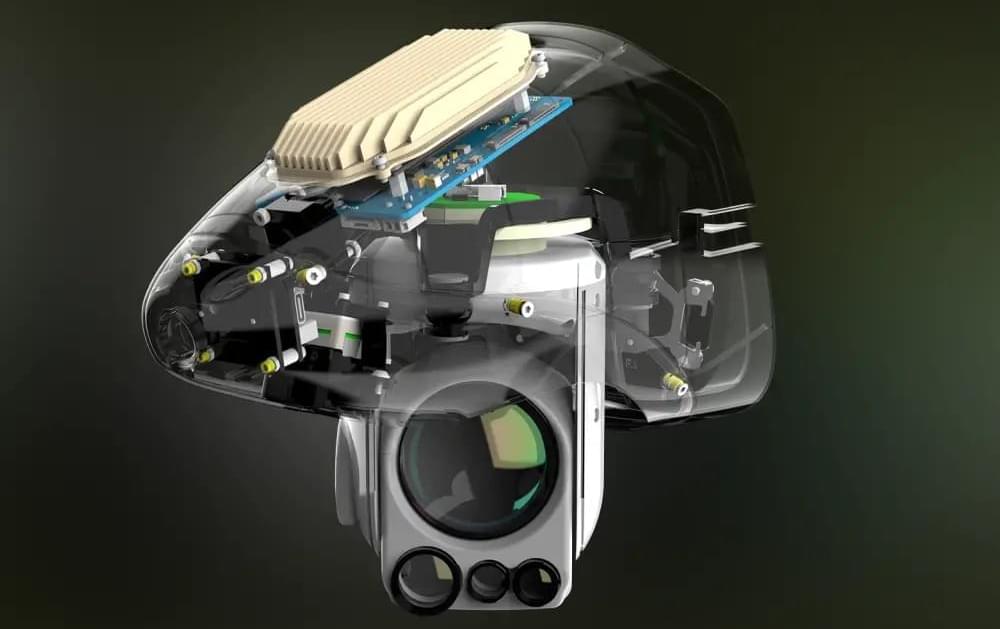University of Florida senior engineering students, collaborating with peers and the U.S. Army, developed a vehicle camouflage deployment device that enhances battlefield safety and efficiency. The project, which spanned three semesters and involved input from soldiers, resulted in a device that significantly speeds up the camouflage process, uses existing materials more effectively, and adapts to various ground conditions.
University of Florida and Georgia Tech engineering students developed a vehicle camouflage system for the U.S. Army, enhancing camouflage speed and safety, and demonstrating the potential of academic-military collaboration to solve practical defense challenges.
What began as a class project for senior engineering students at the University of Florida evolved into a practical solution for soldiers, providing them with a quicker, easier, and safer method to camouflage their vehicles on the battlefield.






